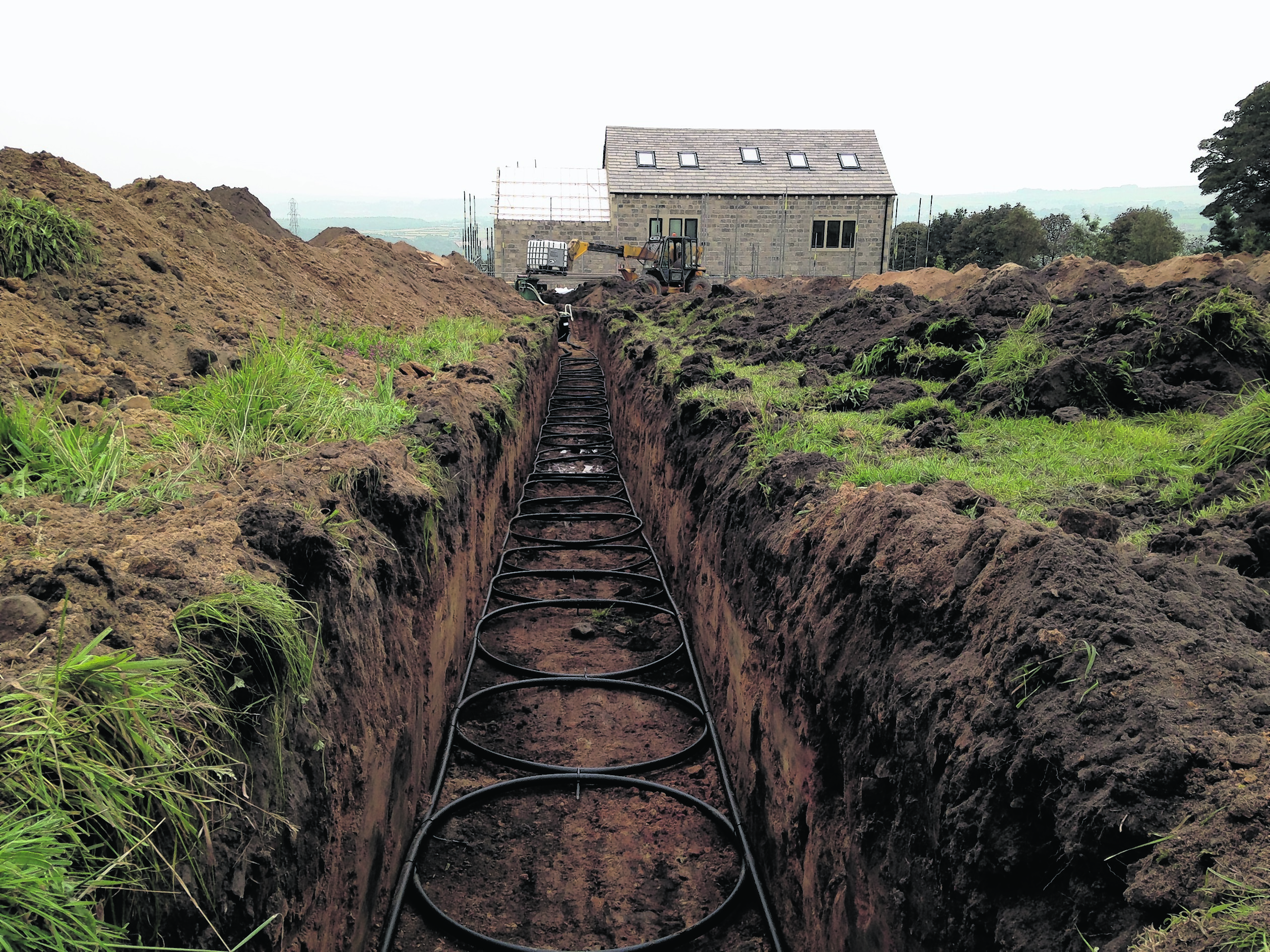Research suggests that planning applications in off-gas areas for self build and renovation projects in Aberdeen are among the highest in the country, meaning that more people are upping tools and tackling construction projects here than elsewhere in the UK.
The research was conducted by ground source heat pump manufacturer Kensa Heat Pumps to identify hotspots in the country that could benefit from alternative heating sources to oil and LPG.
The company has produced three top tips to help Scottish property developers and renovators to identify if their project is suitable for a ground source heat pump.
Kensa’s commercial director, Chris Davis, said: “Falling oil prices are currently delivering respite for many customers in off-gas areas, however the long-term cost of oil is really a guessing game, given its historical peaks and troughs.
“For Scottish people currently seeking a heating system for a building project, the impact of this selection on their bills could be of great consequence for many years to come.
“By following our top tips, keen developers in Aberdeen can quickly establish whether they could expect more than just heat from their new heating system, and benefit from a guaranteed seven-year income from the government, as well as reduced energy bills.”
Top three tips for new builds and renovation projects:
Check your property’s insulation levels
For renovation projects in particular, the better insulated your home, the more efficient it is to heat, which means smaller energy bills. Your home’s efficiency will also impact the size of the heating system you require – the lower your heat demand, the smaller and cheaper the heating system, and the less work it needs to do, which all in all means a far cheaper to run home.
Reach for the stars
Whether you have under-floor heating or radiators and what type of floor covering you use can all effect what the industry call your “system star rating”. The more efficient your selections, the higher your star rating, which ultimately means lower fuel bills. Typically, well-insulated homes with under-floor heating downstairs and radiators upstairs (oversized if a renovation) return the best results.
Your land is worth more than you think
Whether you have a modest lawn or acres, you’d be surprised how much your land could earn for you. With a ground source heat pump you get access to the government’s Renewable Heat Incentive (RHI), which pays you a quarterly income for seven years for the renewable heat your heat pump generates.
There are many different ways to extract the heat from the ground, from space-saving boreholes to cost-effective trenches, to water sources which provide the most efficient heat extraction for the heat pump; Kensa’s helpful guide offers more advice here.
A free ebook offering hints and tips for the design of a ground source heat pump system is available on Kensa Heat Pump’s website: http://www.kensaheatpumps.com/ebook-design-hints-tips/
